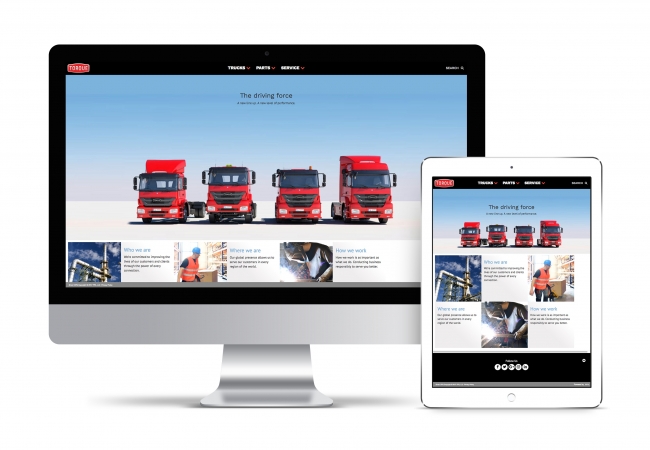3 minute read
How manufacturers can add value in the age of the customer
B2B businesses must adopt B2C methods in order to stay competitive in today’s customer-centric environment. The big difference lies in the fact that often, B2B businesses, especially manufacturers, are selling more complex products and have more diverse sales and marketing channels.
So how do B2B manufacturers better serve more well-informed and self-sufficient buyers? In short, a more holistic approach to customer value throughout the lifetime of the relationship. Here’s how to achieve just that.

Having complex products and diverse sales & marketing channels doesn’t mean manufacturers have to avoid the transition to a new digital and customer-facing era / Picture: FPX
6 Ways to Add Value
1. Be knowledgeable in every interaction.
Knowledge-based and cognitive product and service support help ensure customers are both offered and select the right solution(s) for their business situation. What’s more, offering knowledge in every interaction isn’t a one-way street, it should be collaborative; make sure you’re listening to prospect questions and needs as much as (if not more than) you’re offering information.
2. Be omnichannel.
Ensure you’re meeting your customer’s where they are—as well as their expectations—by going omnichannel. Offer assisted-selling, direct commerce, and fully-supported relationship experiences where they are, when they’re ready, regardless of device.
3. Be seamless.
Establish a common set of integrations between CRM, ERP, ecommerce, and other support and distribution systems. This will ensure the customer experience is efficient, reliable, productive, and most important of all, satisfying.
4. Harness the power of your data.
Incorporate dashboards, insights, and stories that surface and showcase your data in meaningful ways. This way, your data can inform your business decisions while ensuring that results are measurable.
5. Adopt the technology of the future.
Instead of choosing technologies of the past with new branding that makes them sound appealing (most likely because they sound familiar), choose technologies poised to take your business into the next generation and beyond. Cloud solutions are now a mainstay of customer engagement, and can (and should) be adopted for systems, infrastructures, and applications.
As we’ve mentioned before, by embracing cloud-based solutions (or at least a hybrid of cloud-based and on-premise), companies are able to better manage their solutions and remain agile over time.
6. Leverage social, UX, and analytics.
Leverage social to find, engage with, and respond to both prospects and customers on the social media channels they use. Implement UX features on your website, like live chat and real-time responses, to enhance the user experience by allowing visitors to access experts and support staff when they need it.
Last but not least, predictive analytics can help your business with everything from targeting to product lifecycle optimisation.
The Last Word
It’s a new B2B world out there, especially now that we’ve entered the age of the customer, and it can be intimidating. However, equipped with the right tools, the transition into this new digital and customer-facing era can be made much smoother.
FPX can help to guide manufacturers through today’s nonlinear buying and selling pathways, traversing multiple channels at various points throughout the sales and customer lifecycle with an all-in-one solution that gives them ultimate visibility.
There is a way that manufacturers can deliver the functions and features that facilitate a pleasurable experience, at the same time as increasing user adoption, boosting customer loyalty, cutting costs, improving margins, and ultimately generating more revenue.
